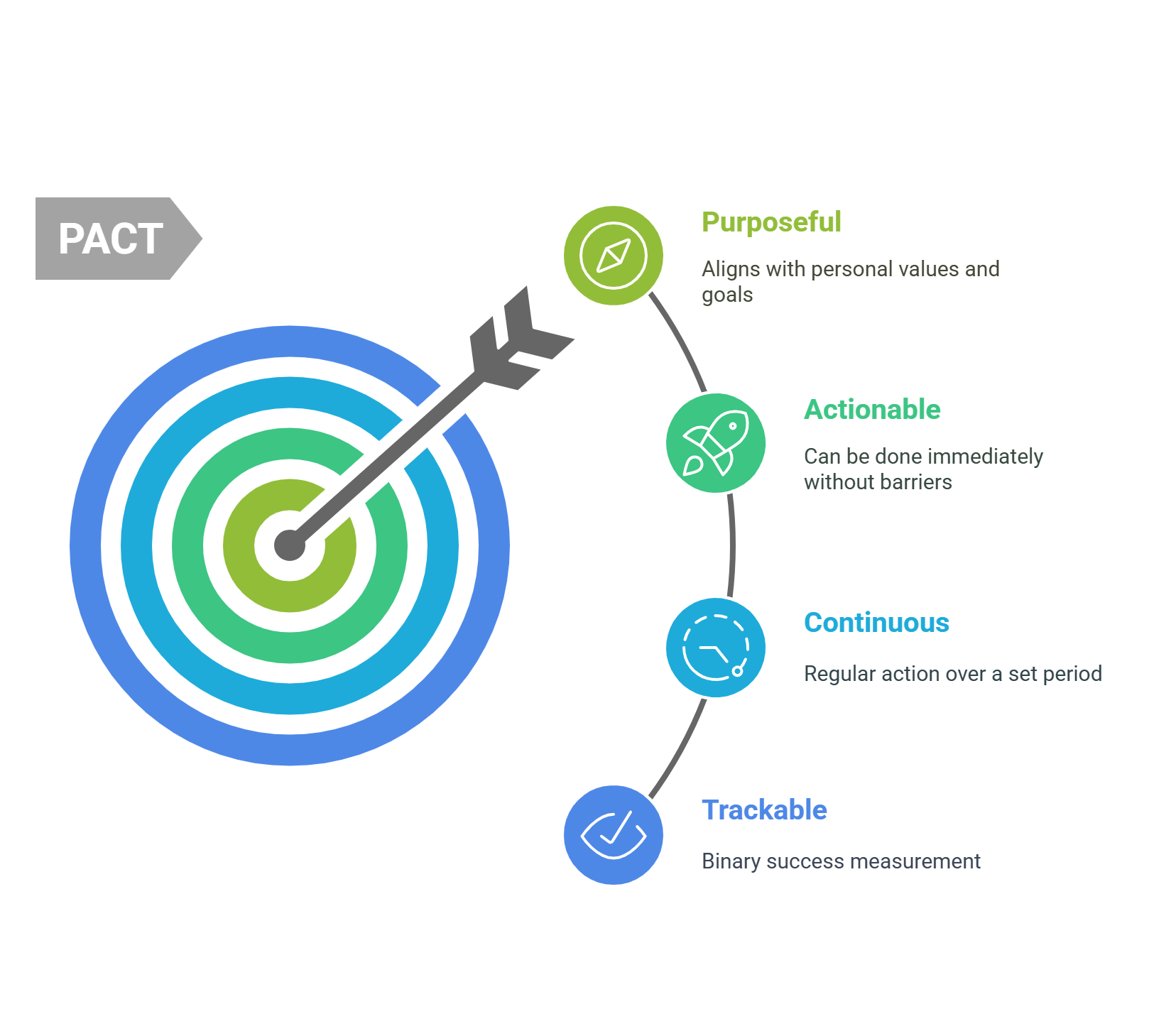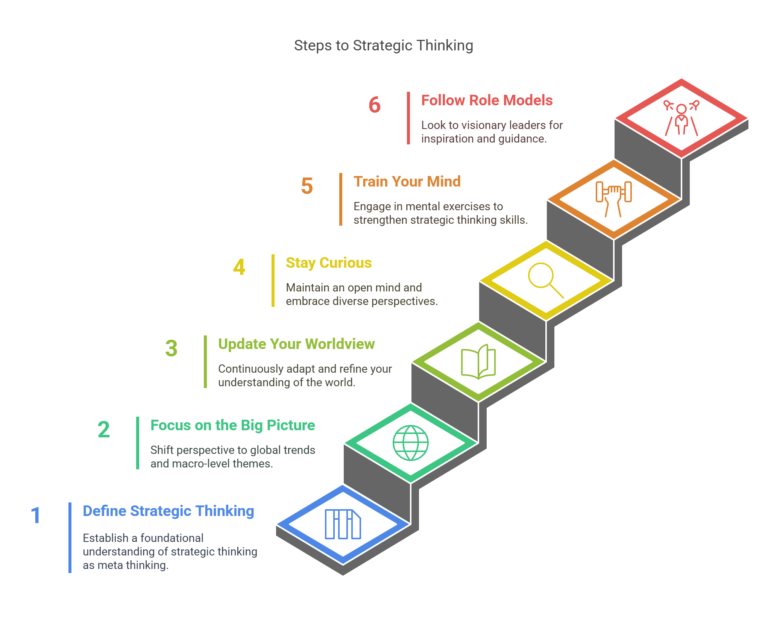In a world that often feels like it’s on autopilot, our mindsets shape the way we navigate life. They influence our decisions, relationships, thoughts, and emotions, quietly steering the direction of our paths. But what if we could take control of these invisible forces? By becoming aware of our mindsets and adopting an experimental approach, we can transform our lives from one driven by subconscious habits to one that is intentional, curious, and deeply fulfilling. This blog explores how to cultivate an experimental mindset, inspired by the powerful insights from a video on the neuroscience of conscious living.
The Power of Mindsets
A mindset is our default lens for viewing the world, subtly guiding our choices and experiences. When we’re unaware of these mental frameworks, they can lead us down paths that don’t align with our true desires. The difference between a life on autopilot and a conscious life lies in self-awareness. By recognizing our mindsets, we can make choices that reflect what we truly want, rather than following societal scripts or unconscious patterns.
The beauty of mindsets is their malleability. They aren’t fixed traits but dynamic perspectives that can evolve with intention. The first step to harnessing this potential is bringing them into our conscious awareness.
Breaking Free from the Traditional Success Script
Many of us start life following a linear path defined by external measures of success—excelling in school, landing a prestigious job, or climbing the corporate ladder. But as one individual discovered, even achieving these milestones, like working at Google, can leave us feeling empty if they don’t align with our inner desires.
After leaving a high-flying tech career and facing the failure of a startup, this person was forced to confront a pivotal question: What do I truly want? This moment of reckoning led them to pursue neuroscience, driven not by external validation but by a deep curiosity about the brain. By sharing their learnings through a newsletter, they began a journey of living experimentally, redefining success on their own terms.
This story illustrates a universal truth: true fulfillment comes from aligning our actions with our intrinsic motivations, not chasing someone else’s definition of success.
The Three Subconscious Mindsets Holding Us Back
Three subconscious mindsets often prevent us from living happy, conscious lives: the cynical, escapist, and perfectionist mindsets. Each operates on a spectrum of curiosity and ambition, and understanding them is key to breaking free.
The Cynical Mindset: Low Curiosity, Low Ambition
The cynical mindset is marked by a loss of curiosity and ambition, where life feels like a cycle of survival. People in this mindset may find themselves doom-scrolling, fixating on negative news, or mocking those who pursue their dreams. This state traps us in a loop of disengagement, draining our energy and hope.
The Escapist Mindset: High Curiosity, Low Ambition
In the escapist mindset, curiosity remains, but ambition is sidelined. Instead of tackling responsibilities, we seek distractions—binge-watching shows, indulging in retail therapy, or daydreaming about future escapes. While curiosity keeps us engaged, the lack of action prevents meaningful progress.
The Perfectionist Mindset: Low Curiosity, High Ambition
The perfectionist mindset drives us to chase ambitious goals while stifling curiosity. We overwork, coerce ourselves into toxic productivity, and believe happiness lies at the end of a checklist. This mindset sacrifices exploration for the illusion of certainty, leaving us burned out and unfulfilled.
The good news? These mindsets are fluid, not fixed. By becoming aware of them, we can consciously choose to shift toward a more empowering perspective.
The Experimental Mindset: A Path to Conscious Living
Enter the experimental mindset—a dynamic approach where high curiosity and high ambition coexist. This mindset embraces uncertainty as an opportunity for growth, viewing failures as valuable data points and mistakes as learning experiences. It’s about designing a life that is intentional, adaptable, and connected to your unique aspirations.
Inspired by the scientific method, the experimental mindset involves observing your current situation, asking a research question, designing a small experiment, collecting data, and analyzing results to inform your next steps. This cyclical process ensures continuous growth, even when the destination is unclear.
The Power of a Pact
To cultivate an experimental mindset, start with a pact—a commitment device that fuels curiosity through small, actionable experiments. A pact has five key characteristics:
- Purposeful: It aligns with something you care about, infusing meaning into your actions.
- Actionable: It’s something you can do immediately, without needing extra resources or permission.
- Continuous: It involves regular action over a set duration, like two weeks or a month.
- Trackable: Success is binary—did you do it or not? No complex metrics required.
- Achievable: It’s small enough to complete, ensuring you collect all the data needed to evaluate its impact.
Unlike New Year’s resolutions, which are often grandiose and abandoned, or habits, which assume long-term commitment, a pact is a low-stakes experiment. For example, instead of vowing to “get fit,” you might commit to walking 20 minutes daily for 20 days, then assess how it feels.
Analyzing Internal and External Data
When your pact is complete, analyze both external and internal data to decide your next steps. External data might include tangible outcomes, like career progress or financial gains, while internal data reflects how the experiment made you feel. Both are critical for balanced decision-making.
Consider the example of someone who tested becoming a YouTuber by publishing a video weekly for a year. Externally, the channel gained subscribers and positive feedback—a success by traditional metrics. Internally, however, the process felt draining and anxiety-inducing. By weighing both signals, they chose to pivot back to writing, a medium that brought joy and fulfillment.
This dual analysis ensures your experiments align with both your ambitions and your well-being, creating a sustainable path forward.
Applying the Experimental Mindset to Your Life
The experimental mindset can transform every area of your life. Here are a few ways to start:
- Work: Commit to writing an internal newsletter for six weeks, sharing insights or resources with colleagues to test your interest in thought leadership.
- Relationships: Send a weekly note to a friend you’ve lost touch with for a month, exploring how it strengthens your connections.
- Health: Try a 20-minute daily walk for 20 days, noting its impact on your energy and mood before deciding to continue or try something new.
These tiny experiments don’t assume success—they test it. By staying open to outcomes, you discover what truly works for you, free from external pressures or preconceived notions.
Why Curiosity Matters
Committing to curiosity through an experimental mindset ensures you live a life that’s uniquely yours. It keeps you adaptable in a rapidly changing world, open to new possibilities, and, most importantly, makes life more fun. Neuroscience backs this up: the brain’s reward system lights up when we seek knowledge, just as it does when we quench physical thirst. Curiosity is a biological drive, and directing it toward your goals unlocks a more intentional, fulfilling existence.
Take the First Step Today
You don’t need a grand plan to start living experimentally. Begin with a single pact—something small, purposeful, and achievable. Observe your mindset, ask a question, and design a tiny experiment to explore it. Whether it’s trying a new hobby, tweaking your work routine, or nurturing a relationship, each experiment brings you closer to a conscious life.
By embracing an experimental mindset, you’re not just changing your perspective—you’re rewriting the story of your life. So, what’s your first pact going to be?





